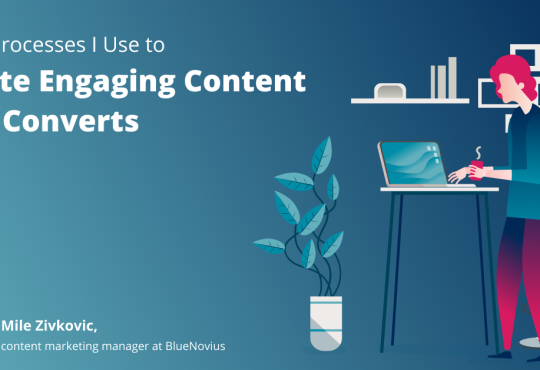
The Power of Visual Content in Content Marketing
Visual content has quickly become a powerful tool in content marketing strategies. With the rise of social media platforms and the increasing demand for engaging and shareable content, visuals have become a crucial element in capturing the attention of audiences and driving traffic and conversions. In this article, we will explore the importance of visual content in content marketing and how you can leverage its power to enhance your marketing efforts.
The Impact of Visual Content
It’s no secret that visual content is more engaging and memorable than text alone. Studies have shown that people process visual information faster and retain it better. In fact, content with relevant images gets 94% more views than content without visuals. This means that incorporating visuals into your content marketing strategy can help you attract and retain more attention from your target audience.
Types of Visual Content
There are many different types of visual content that you can use in your content marketing efforts. Some popular options include:
Images and infographics
Video content
Slideshows and presentations
Charts and graphs
Interactive content
Each type of visual content has its own unique benefits and can be used to convey different types of information effectively. For example, infographics are great for presenting complex data in a visually appealing way, while videos can help you tell a story or showcase a product in action.
Why Visual Content Works
There are several reasons why visual content is so effective in content marketing. One of the main reasons is that visuals can evoke emotions and create a connection with your audience. When people feel emotionally engaged with your content, they are more likely to remember it and take action.
Visuals also help break up long blocks of text and make your content more digestible. People tend to skim through content online, so incorporating visuals can help capture their attention and keep them engaged. Additionally, visuals can help make your content more shareable, as people are more likely to share content that includes compelling images or videos.
How to Leverage Visual Content in Your Marketing Strategy
Now that you understand the power of visual content, it’s important to incorporate visuals into your content marketing strategy effectively. Here are some tips to help you leverage visual content in your marketing efforts:
1. Create high-quality visuals
Ensure that your visuals are high-quality and on-brand. Use professional images and design elements to create visually appealing content that reflects your brand identity.
2. Tell a story with your visuals
Use visuals to tell a story or convey a message. Whether you’re showcasing a product or presenting data, make sure your visuals have a clear purpose and narrative.
3. Make your visuals shareable
Include social sharing buttons on your visual content to make it easy for your audience to share it with their networks. Encourage sharing by creating visually compelling content that people will want to pass along.
4. Test and analyze your visual content
Monitor the performance of your visual content and make adjustments as needed. Test different types of visuals to see what resonates best with your audience and analyze the data to optimize your content marketing strategy.
Conclusion
Visual content is a powerful tool in content marketing that can help you attract and engage your target audience effectively. By incorporating high-quality visuals into your content strategy and telling a compelling story with your visuals, you can drive traffic, increase conversions, and build a strong brand presence online. Make sure to leverage the power of visual content in your marketing efforts to stay ahead of the competition and connect with your audience on a deeper level.



